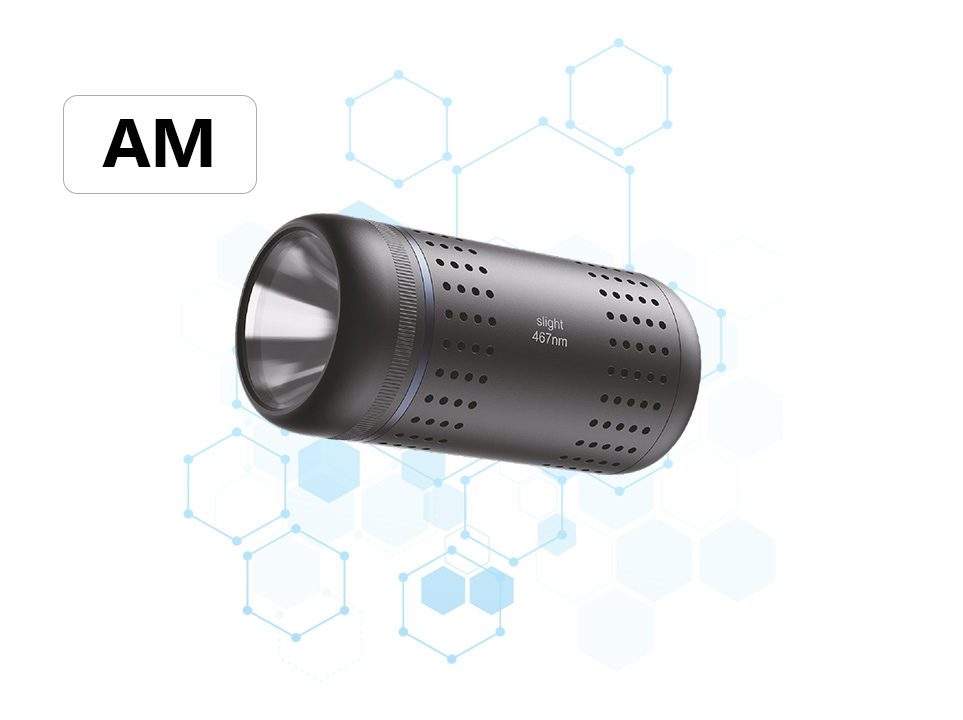What reactions can photochemical reactors be used for in scientific research?
Photochemical reactors have emerged as indispensable tools in scientific research, enabling a wide range of reactions that would be otherwise challenging or impossible to achieve. These reactors harness the power of light, particularly ultraviolet (UV) light, to catalyze chemical reactions, thereby transforming materials efficiently and minimizing unwanted byproducts. In this article, we explore the diverse applications of photochemical reactors in scientific research.
Understanding Photochemical Reactors
A photochemical reactor is a specialized device that uses light to drive chemical reactions. Typically, these reactions occur in the presence of a photocatalyst, which facilitates the process by absorbing light and converting it into chemical energy. The reactor itself is designed to optimize the interaction between light, catalyst, and reactants, ensuring efficient and controlled reactions.
Applications in Scientific Research
1. Chemosynthesis and Material Science
Photochemical reactors are widely used in the field of chemosynthesis, where they enable the synthesis of new materials with unique properties. For instance, they can be employed to produce polymers, catalysts, and functional materials with tailored optical, electrical, and mechanical properties. By leveraging the precise control over reaction conditions offered by these reactors, researchers can explore new reaction pathways and optimize existing processes.
2. Environmental Protection
In environmental science, photochemical reactors play a crucial role in developing sustainable technologies for waste treatment and pollution control. For example, they can be used to degrade harmful pollutants, such as organic dyes and pharmaceuticals, through photocatalytic oxidation. This process converts the pollutants into harmless products, such as carbon dioxide and water, thereby mitigating their environmental impact.
3. Life Sciences and Biotechnology
Photochemical reactors also find applications in life sciences and biotechnology. They can be used to study the effects of light on biological systems, such as cells and tissues. By exposing biological samples to controlled light conditions within the reactor, researchers can investigate the mechanisms of photodynamic therapy, photobiology, and photosynthesis. Additionally, these reactors can be employed to synthesize biopharmaceuticals and other bioactive compounds through photochemical reactions.
4. Pharmaceutical Research
In pharmaceutical research, photochemical reactors offer a powerful platform for drug discovery and development. They can be used to synthesize new drug candidates through photochemical reactions, enabling the exploration of novel chemical scaffolds and structures. Furthermore, these reactors can be employed to study the photostability and photodegradation of drugs, providing valuable insights into their stability profiles and potential degradation pathways.
5. Energy Research
Photochemical reactors are also instrumental in energy research, particularly in the field of solar energy conversion. By harnessing the energy of sunlight, these reactors can drive chemical reactions that store solar energy in the form of chemical bonds. This process, known as solar-driven chemical synthesis, holds promise for the development of sustainable energy storage solutions and solar fuels.
Advances and Future Directions
Recent advancements in photochemical reactor technology have further expanded their applications in scientific research. For instance, the development of microfabricated reactors has enabled the miniaturization of photochemical reactions, allowing for higher process intensification and more efficient use of reactants.





